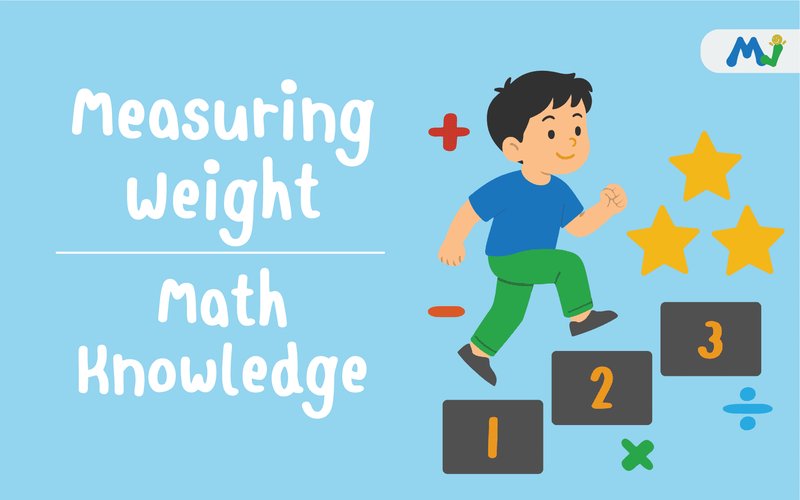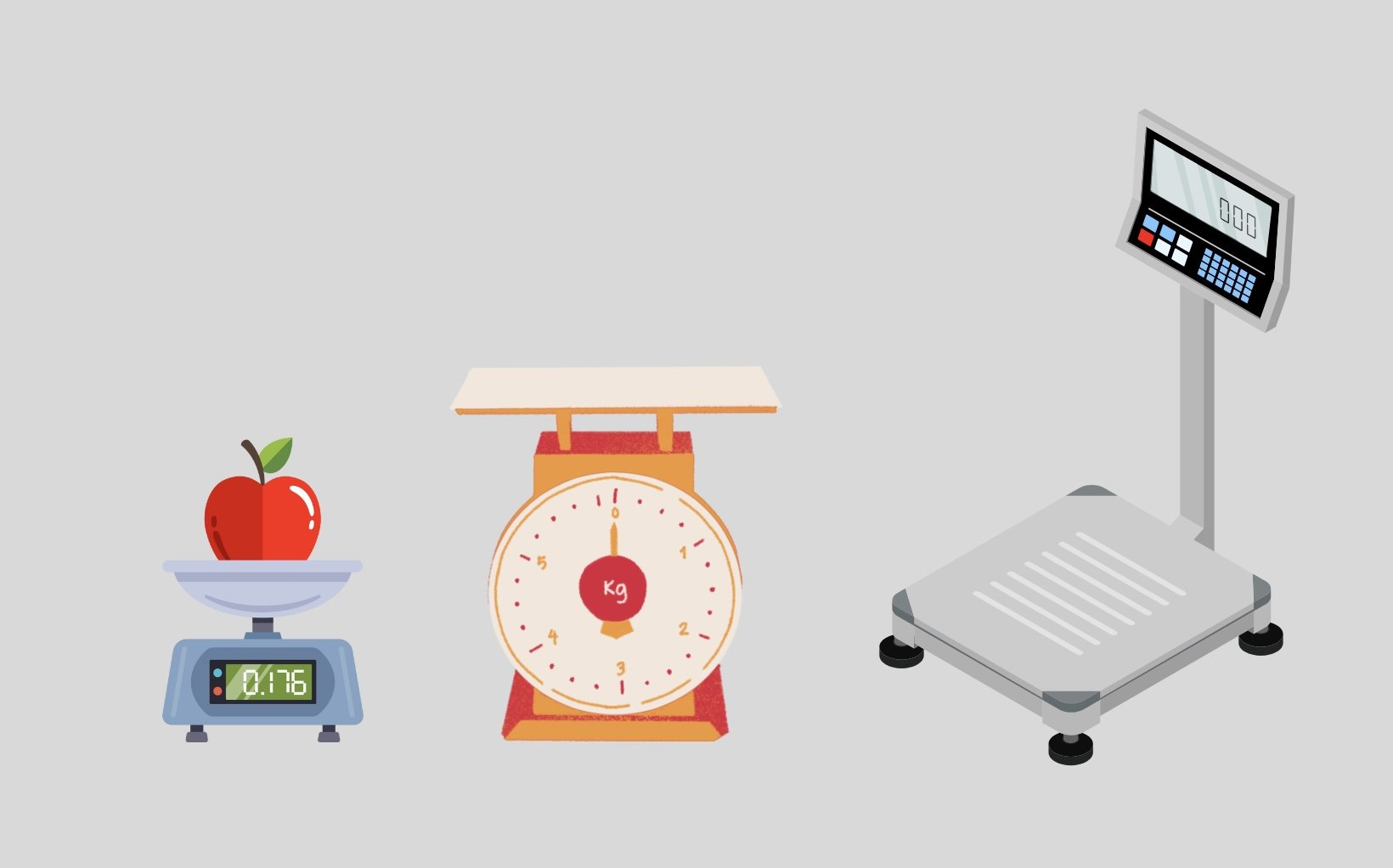

This is an example of learning about weight measurement, an essential foundation in elementary math tutoring and learning elementary mathematics that is commonly used in daily life.
Sang: "Hey, Noy! Did you know my cat at home is super chubby and really heavy?"
Noy: "How heavy exactly? I can’t even imagine it!"
If we just want to tell our friends how heavy something at home is but cannot bring it to school, what should we do? The answer is weight measurement. Measurement helps us compare things in a way that everyone can understand—even without seeing them in person. When we all use the same measurement units, we can communicate weight clearly and easily.
In measuring weight, we should know the standard weight units, arranged from smallest to largest, as follows:
Gram < Hectogram < Kilogram
The relationship between the units is as follows:
| 1 Kilogram | = 10 Hectograms = 1,000 Grams |
| 1 Hectogram | = 100 Grams |
Examples of weight conversion:
In practice, weight is usually measured in two main ways:
Grams are used when high precision is needed, because 1 Hectogram = 100 Grams. However, it’s uncommon to mix hectograms and grams together when stating weight.
Before weighing something, we should first practice estimating the weight. This helps us choose the right type of scale to use. For example:
There are many different types of weighing scales, and we need to select the one most suitable for the object being measured. For example:

Comparing weights can be done by converting the two items we want to compare into the same unit. Once converted, the comparison becomes straightforward.
Before performing addition or subtraction of weights, the values should first be converted into the same unit. For multiplication and division with numbers, the operations can be performed directly while keeping the unit unchanged.
Examples of Addition:
Examples of Subtraction:
Examples of Multiplication:
Examples of Division:
Weight measurement is a key foundation in elementary math tutoring and learning elementary mathematics because it directly relates to daily life—whether weighing food at the market, comparing objects, or solving classroom math problems.
Understanding units such as kilograms, hectograms, and grams, along with methods for comparing and calculating, helps students apply knowledge effectively. This is valuable both in lessons, in practicing elementary math exercises, and in exam preparation such as Grade 3 math (semester 2) or Grade 6 math for secondary school entrance exams.
💡 This free article from MJ builds a solid foundation for understanding weight measurement. For more advanced learning, MJ also offers Personalized Courses and elementary math tutoring to help students practice, solve problems, and excel in mathematics 🚀
Discover P.3 Term 2 Math Curriculum with free lessons, expert support, and practice exercises designed to build confidence and mastery in math.
Learn measuring weight with grams, hectograms, and kilograms through MJ’s free lessons—perfect for elementary students and parents who want a strong foundation.